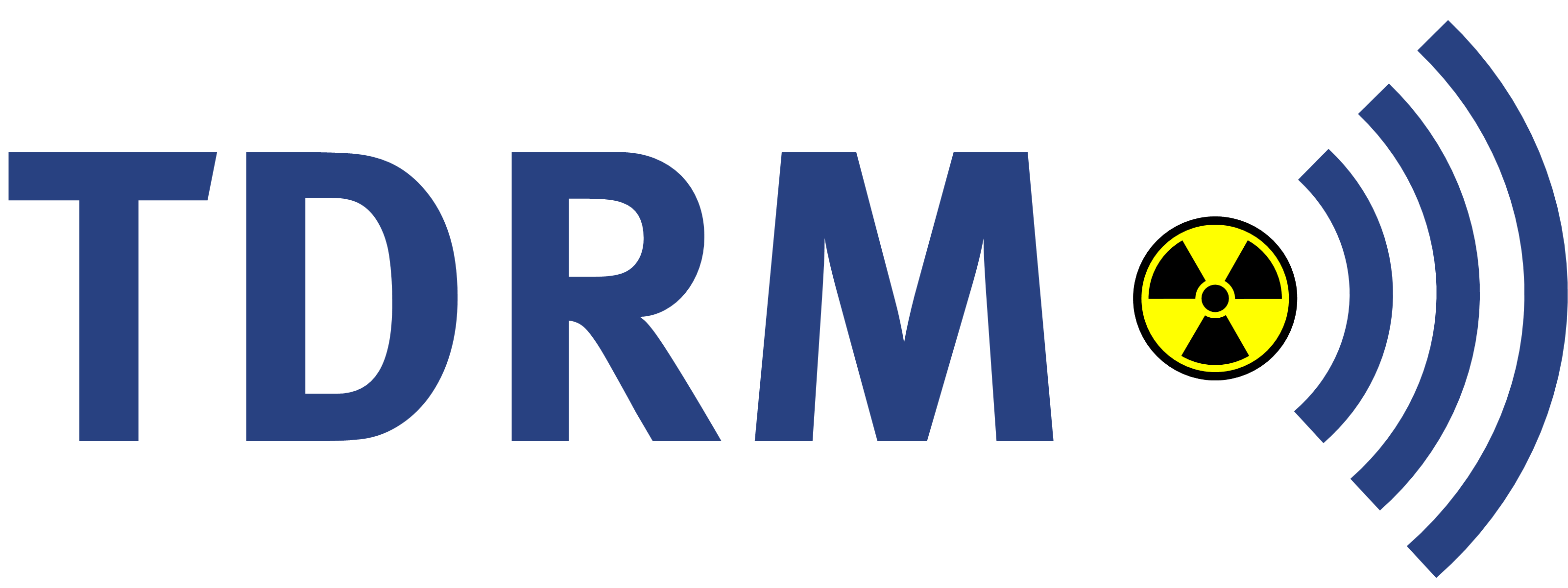Yet another network?
Several governmental organisations and voluntary initiatives operate measurement stations already. Why did scientists, engineers and IT experts develop, build and operate yet another network?!
First, we want to stay independent of political, commercial and administrative factors. Second, we want to have free and unrestricted access to the entirety of measured data—for analysis and assessment of past radioactivity levels as well as for enabling immediate access to the public. Concerned citizens should be able to stay informed without delay and restrictions, about the current situation as well as about the past.
Our objectives
The network pursues three essential and in part interconnected objectives:
- To satisfy the need for information of concerned citizens living in the area by enabling public access to raw radiation data, particularly gathered at relevant locations. To contribute thereby to the awareness of the risks and threats of the exploitation of nuclear power.
- To underline the demand for transparency of political bodies and authorities by demon- strating the awareness of the citizens by their desire for an independent information source. To support, this way, the political activities of the Aachen Alliance against Atomic Power (AAA), and to contribute to the ultimate goal to close down all reactors at Tihange and Doel.
- To provide specially tailored data for a team of members of the International Physicians for the Prevention of Nuclear War (IPPNW) with particular expertise in the effects of radioactive radiation on health. To support the team, in cases of unusual events, to evaluate the radiation data in order to propose as early as possible appropriate preventive and protective measures to the authorities.

It is, however, the ultimate goal of our project to contribute to an expeditious and ultimate shutdown of Tihange's and Doel's nuclear reactors, at least of the oldest and most risky ones, since every day of their operation increases the probability of an accident with catastrophic implications.

 NL
NL  DE
DE  FR
FR  EN
EN